On April 9, in Can Tho City, the Ministry of Agriculture and Environment held a conference to review one year of implementing the Project "Sustainable development of 1 million hectares of high-quality and low-emission rice cultivation associated with green growth in the Mekong Delta by 2030".
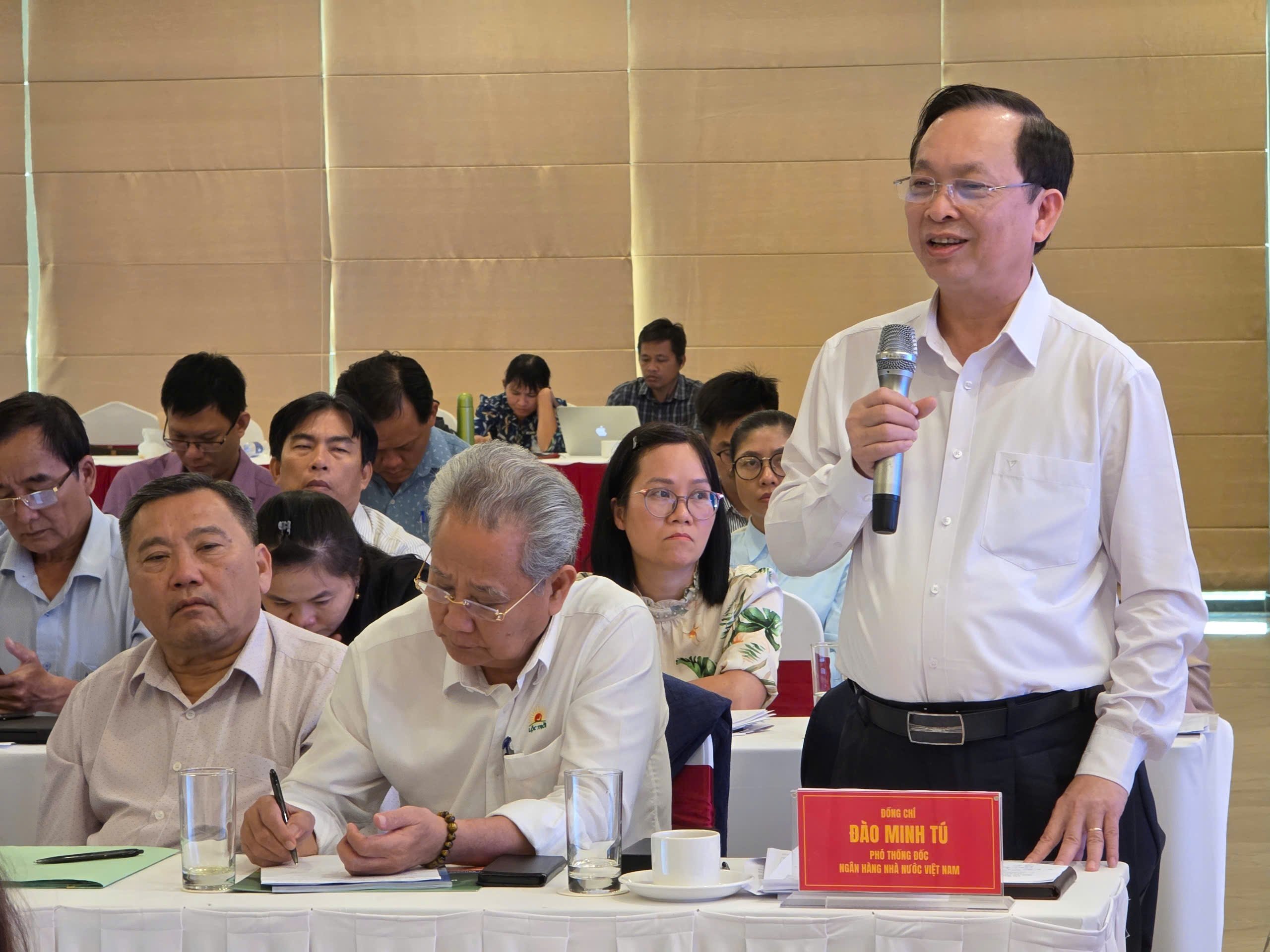 |
| Deputy Governor Dao Minh Tu said that the banking sector is ready to provide enough capital for the development needs of 1 million hectares of high-quality, low-emission rice - Photo: Trung Chanh |
Speaking at the Conference, Permanent Deputy Governor Dao Minh Tu said that the banking sector is ready and has enough capital to lend for the 1 million hectare high-quality rice project.
“Currently, the Agribank system alone has ensured the provision of about VND30,000 billion in loans to the components participating in the implementation of the Project. The State Bank does not limit any specific credit limit for this program but is ready to accompany and ensure the provision of sufficient preferential credit capital to serve the Project to develop 1 million hectares of specialized high-quality and low-emission rice,” said the Deputy Governor.
However, in order to have a basis for other commercial banks to participate in developing the 1 million hectare high-quality rice project, the Ministry of Agriculture and Environment and localities need to promptly synthesize and publish a list of high-quality and low-emission specialized cultivation areas; at the same time, notify regional State Banks and commercial bank branches in the Mekong Delta of the list of linkages and models participating in the project so that credit institutions have sufficient basis to consider, decide to lend and disburse to the right subjects for enterprises, cooperatives and households participating in the project.
Regarding the replication of models of this Project, the Deputy Governor of the State Bank suggested that the Ministry of Agriculture and Environment and localities focus on researching and analyzing more deeply each stage of the value chain, especially the stages from purchasing raw rice from the people to processing and exporting by enterprises.
Deputy Governor Dao Minh Tu emphasized that the stages in the rice production process, after a year of piloting, have had many positive results, but the processing, distribution and export stages still have many shortcomings and subjective challenges, which have not been specified as a premise to measure the effectiveness when replicating the Project's models and the actual effectiveness for people, businesses and banks participating in the program.
According to the leader of the Ministry of Agriculture and Environment, the Ministry is currently working quickly with the departments and agencies of the State Bank to develop and implement the Loan Program linking production, processing and consumption of high-quality and low-emission rice products in the Mekong Delta according to Decision 1490/QD-TTg.
Preliminary synthesis shows that the credit capital demand of enterprises, cooperatives, and cooperative members participating in the Project in localities by 2030 is about VND 82,989 billion; of which, in 2025, the capital demand is VND 11,641 billion, and in the period 2026-2030, about VND 71,348 billion is needed.
Localities in the Mekong Delta are also compiling and publishing a list of cooperatives, cooperative groups and enterprises registered to participate in the Project so that credit institutions can initially proactively approach customers.
Recently, the Ministry of Agriculture and Environment has coordinated with Agribank to develop a loan program linking production, processing, consumption and development of high-quality, low-emission rice brands within the framework of the Project.
This regulation helps strengthen the connection between the agricultural sector and the banking system to ensure that capital is used effectively to promote sustainable production. Currently, the draft regulation is being finalized after receiving comments from the State Bank, and is expected to be signed by both parties in April 2025.
Regarding foreign loans, the Ministry of Agriculture and Environment has worked with the World Bank (WB) to access the Transitional Carbon Finance Facility (TCAF). TCAF has committed to cooperate with Vietnam in two phases. Phase 1 will sign an Emission Reduction Payment Agreement (ERPA), with funding levels depending on negotiations. Phase 2 will sign an Emission Reduction Purchase Agreement (MOPA) when permitted by the Law and the Government. The ERPA is expected to be signed in June 2026.
Localities registered over 1 million hectares According to the report of the Ministry of Agriculture and Environment, up to now, 12 provinces in the Mekong Delta (except Ben Tre) have registered to participate with a total area of 1.015 million hectares, of which some provinces have registered large areas such as Kien Giang, An Giang, Dong Thap, Tra Vinh. The project has implemented 7 central-level pilot models in 5 provinces of Kien Giang, Soc Trang, Tra Vinh, Dong Thap and Can Tho. Initial results show that the high-quality rice cultivation model, reducing emissions, brings clear benefits both economically and environmentally. The models help reduce production costs from 8.2% to 24.2% by reducing 30-50% of seeds, saving 30-70 kg of fertilizer/hectare, reducing 1-4 times of spraying pesticides and cutting 30-40% of irrigation water. Productivity increased by 2.4-7.0%, helping to increase farmers' income by 12-50%, equivalent to a profit increase of 4-7.6 million VND/ha compared to traditional farming. More importantly, the model has contributed to reducing greenhouse gas emissions, with an average reduction of 2.0-12.0 tons of CO2 equivalent/hectare. Notably, the entire harvested rice output is committed to be purchased by businesses at a price 200-300 VND/kg higher than the price of paddy, creating a strong motivation for farmers to participate. |
Source: https://thoibaonganhang.vn/khong-gioi-han-tin-dung-voi-de-an-1-trieu-hacta-lua-chat-luong-cao-162523.html


![[Photo] Party Congress of the Central Internal Affairs Commission for the 2025-2030 term](https://vphoto.vietnam.vn/thumb/1200x675/vietnam/resource/IMAGE/2025/6/23/5bf03821e6dd461d9ba2fd0c9a08037b)





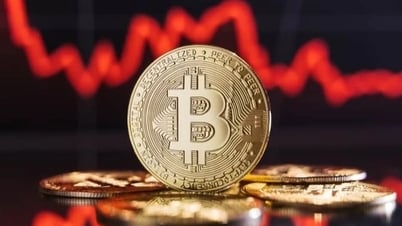

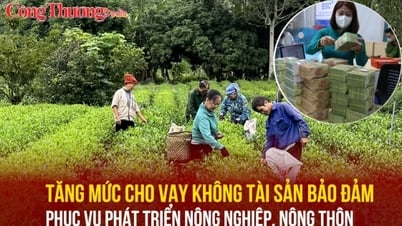

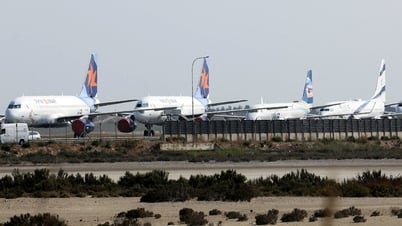



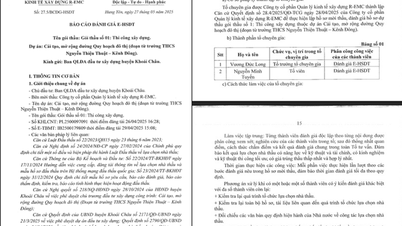

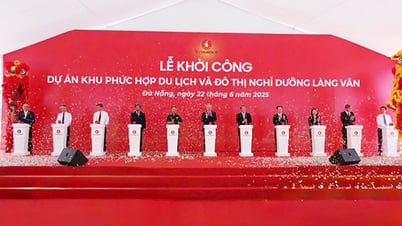





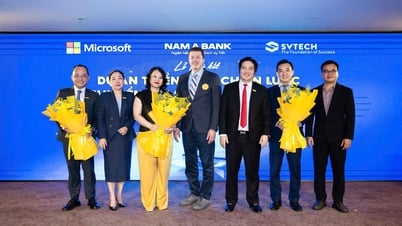

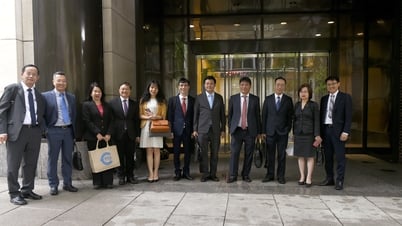
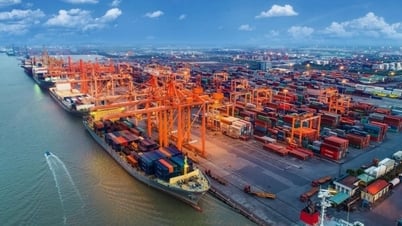
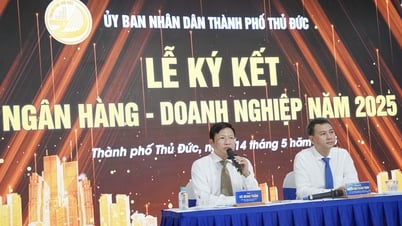
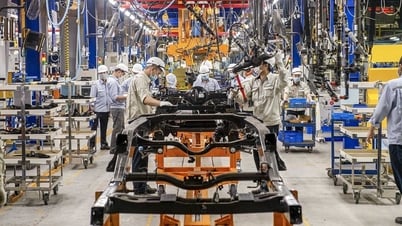
![[Photo] Prime Minister Pham Minh Chinh chairs national online conference on new rural construction and poverty reduction](https://vphoto.vietnam.vn/thumb/1200x675/vietnam/resource/IMAGE/2025/6/23/0d239726be21479db1ea6d8d77691a6d)
![[Photo] Conference to disseminate the implementation of the Plan to promote digital transformation to meet the requirements of restructuring the political system's apparatus](https://vphoto.vietnam.vn/thumb/1200x675/vietnam/resource/IMAGE/2025/6/23/4744403cccd144b79086799e2ceb686e)



















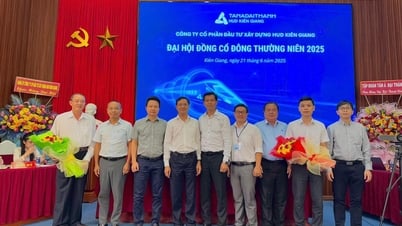

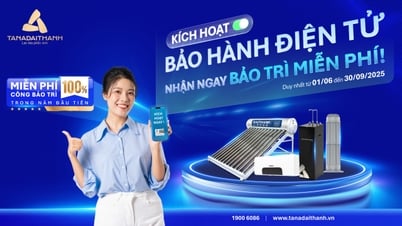
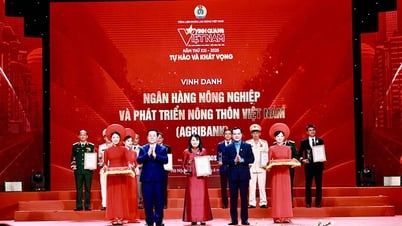






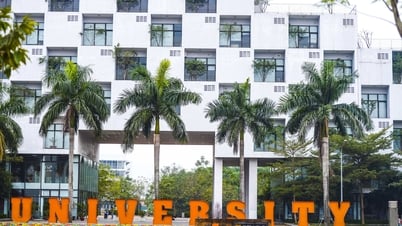

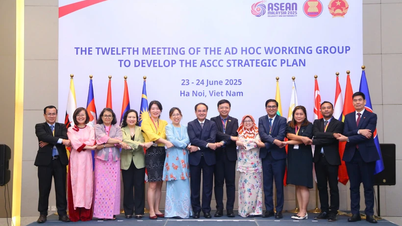
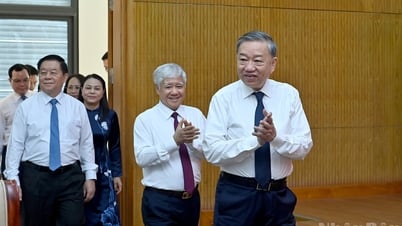

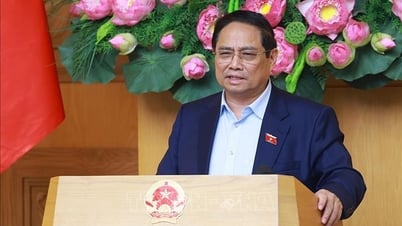
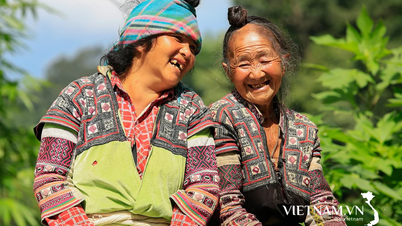
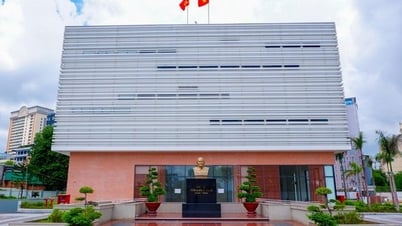

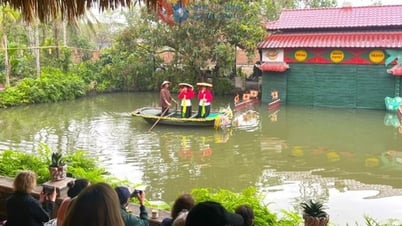

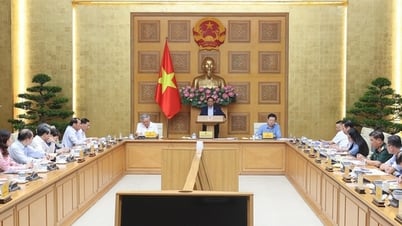
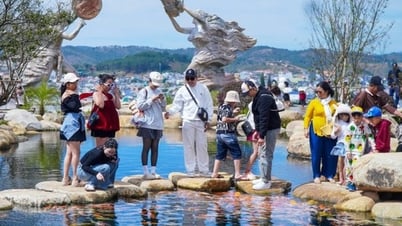
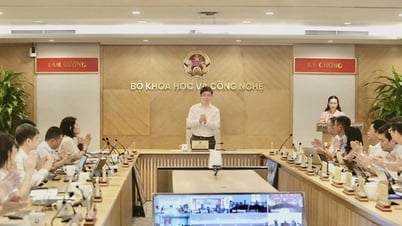

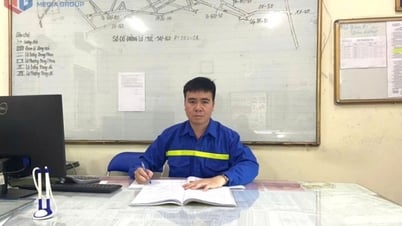
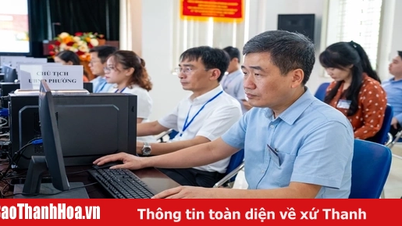



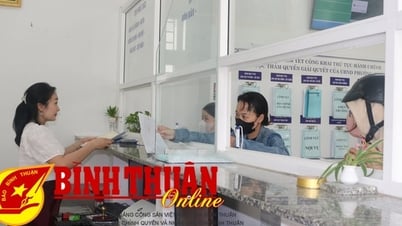

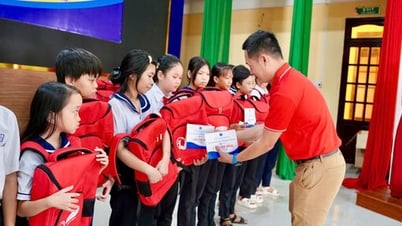

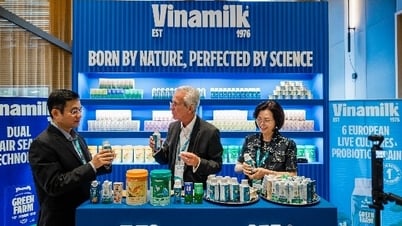








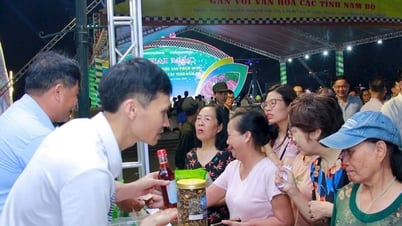

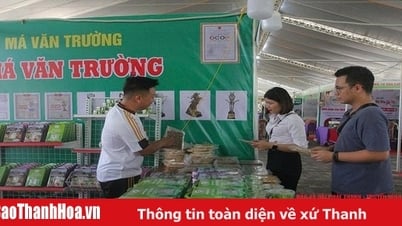

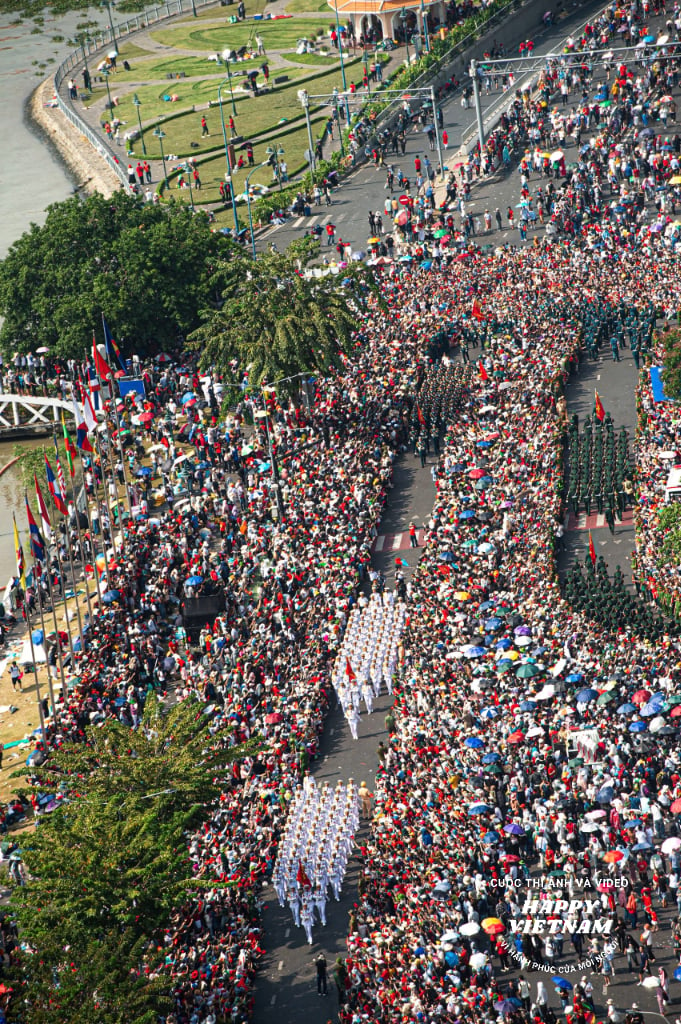

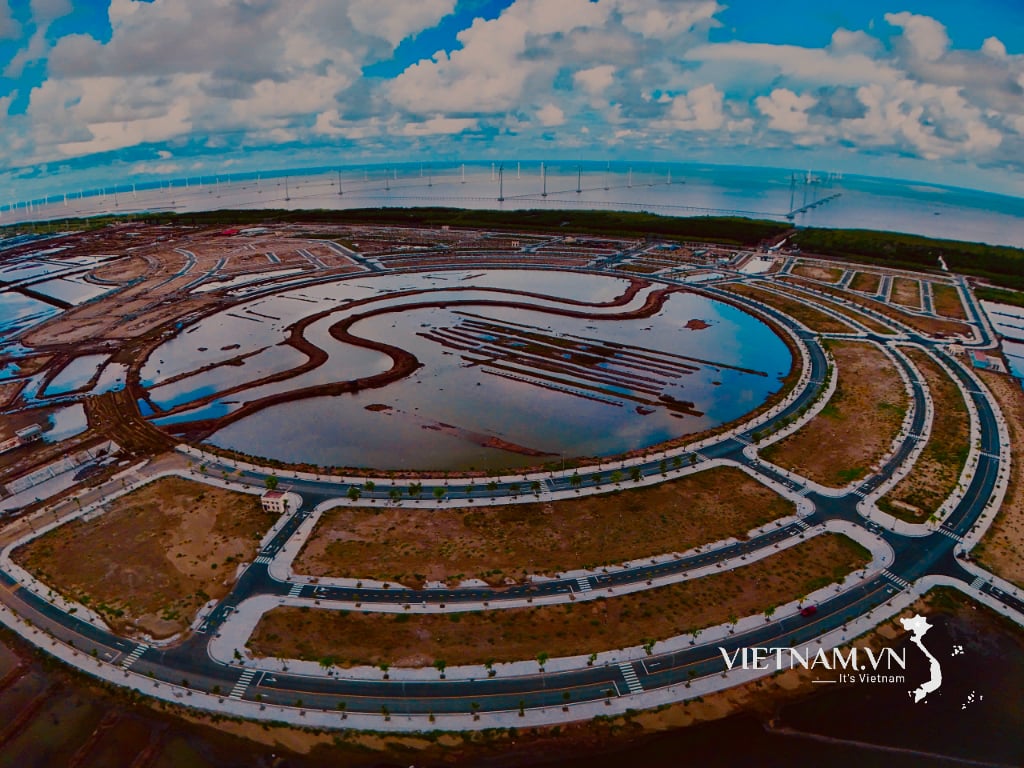
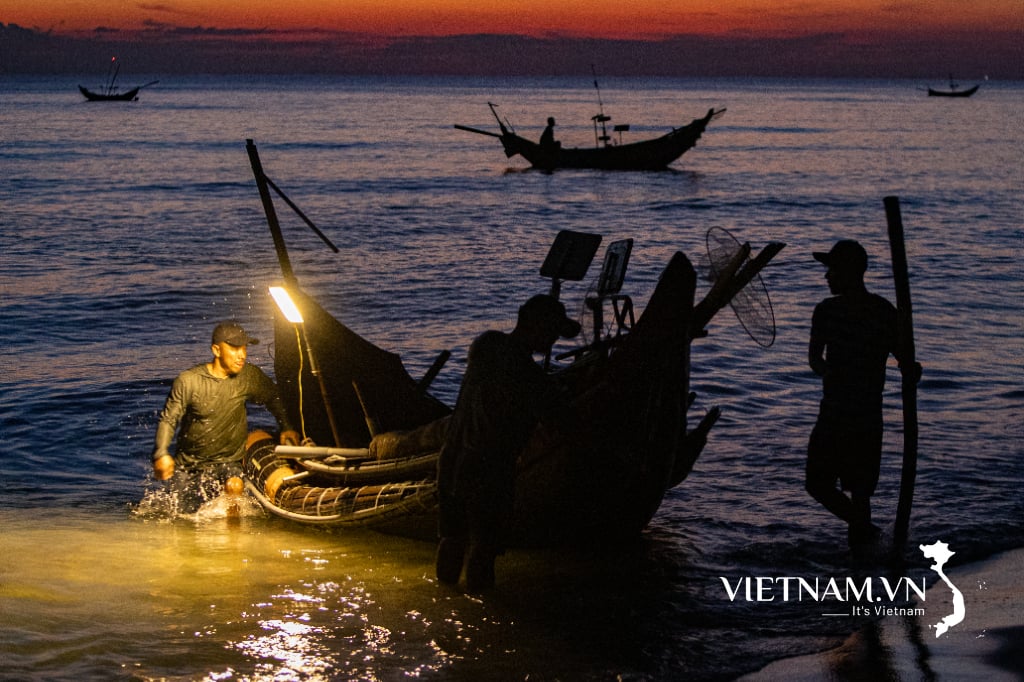
Comment (0)